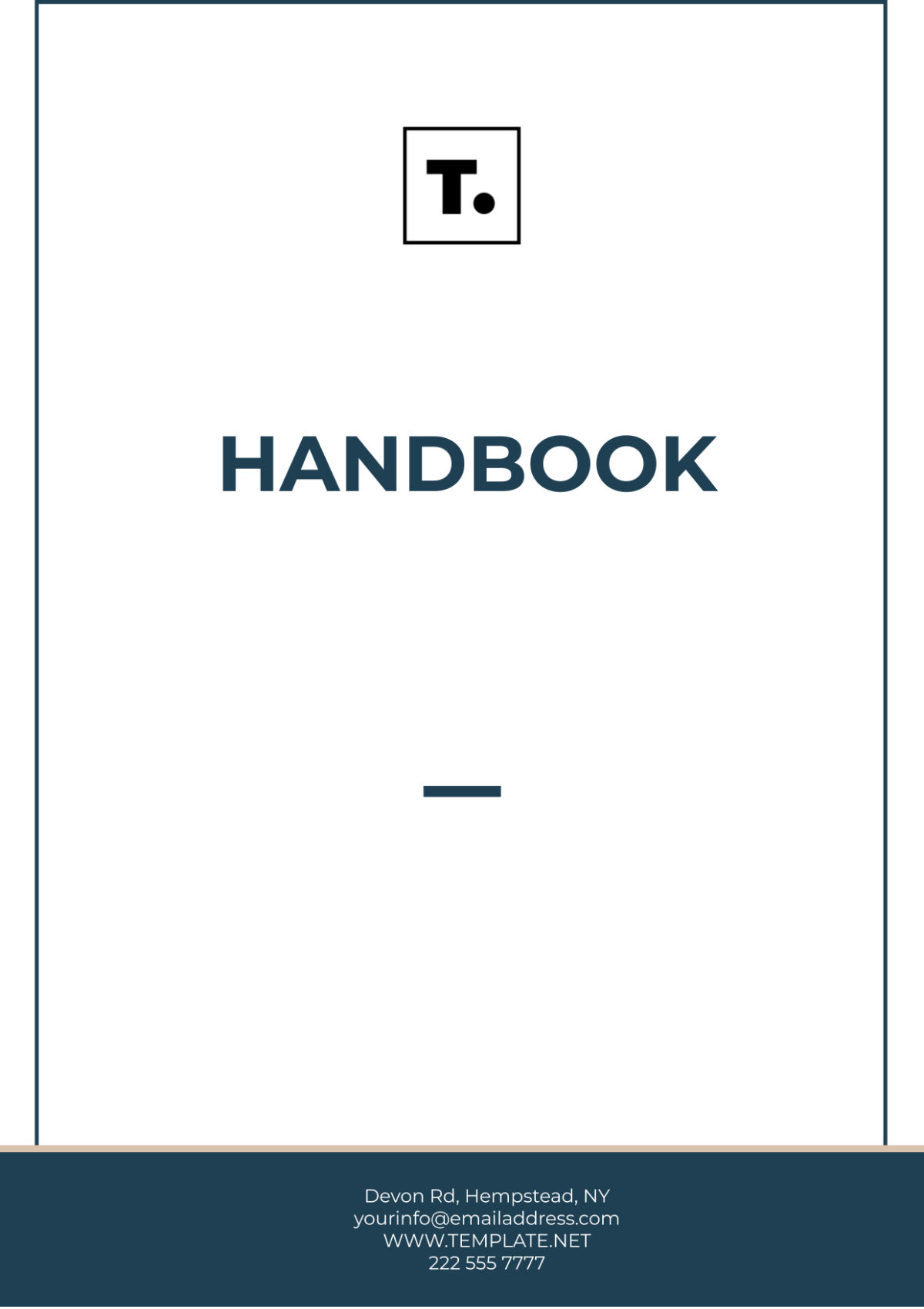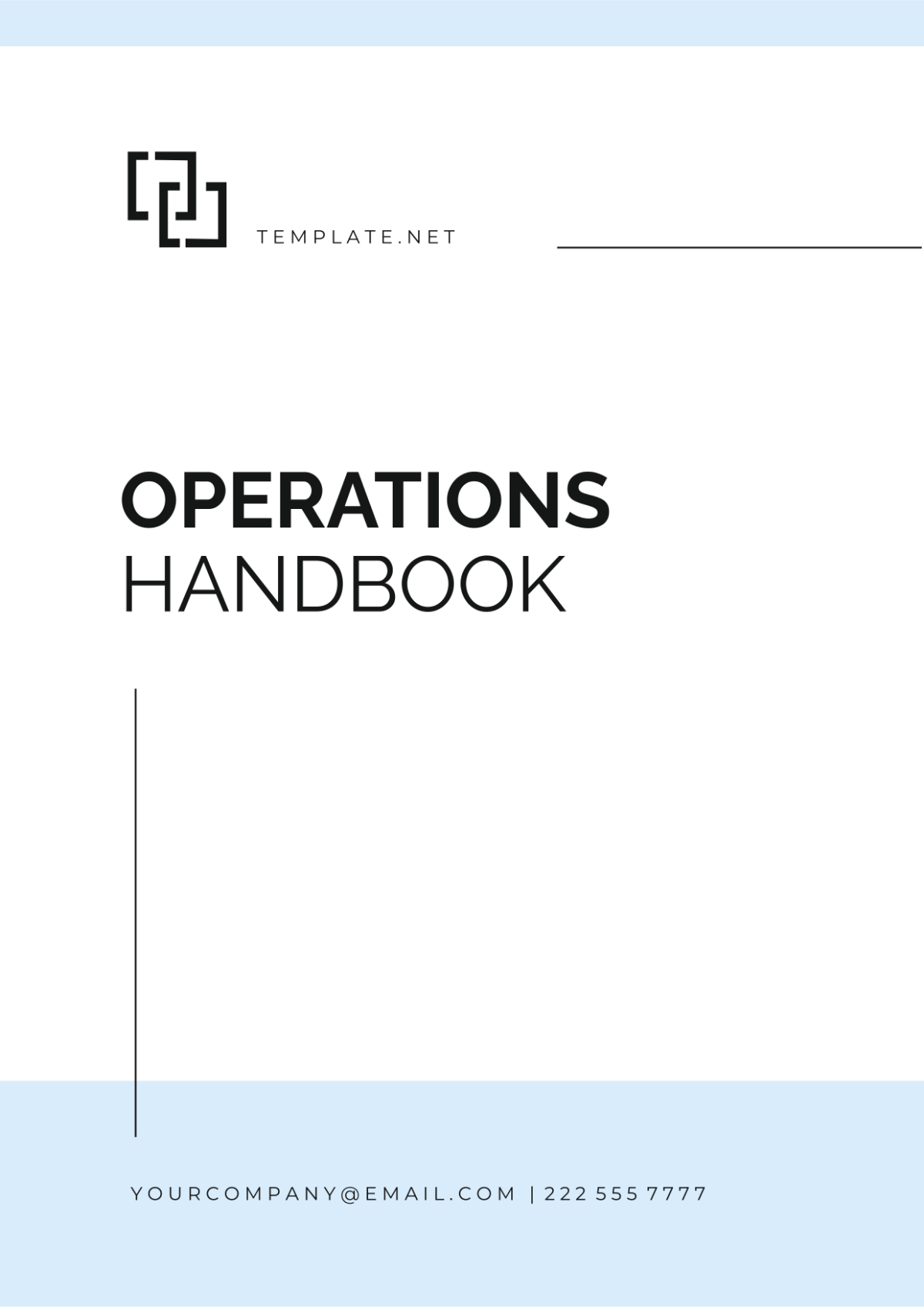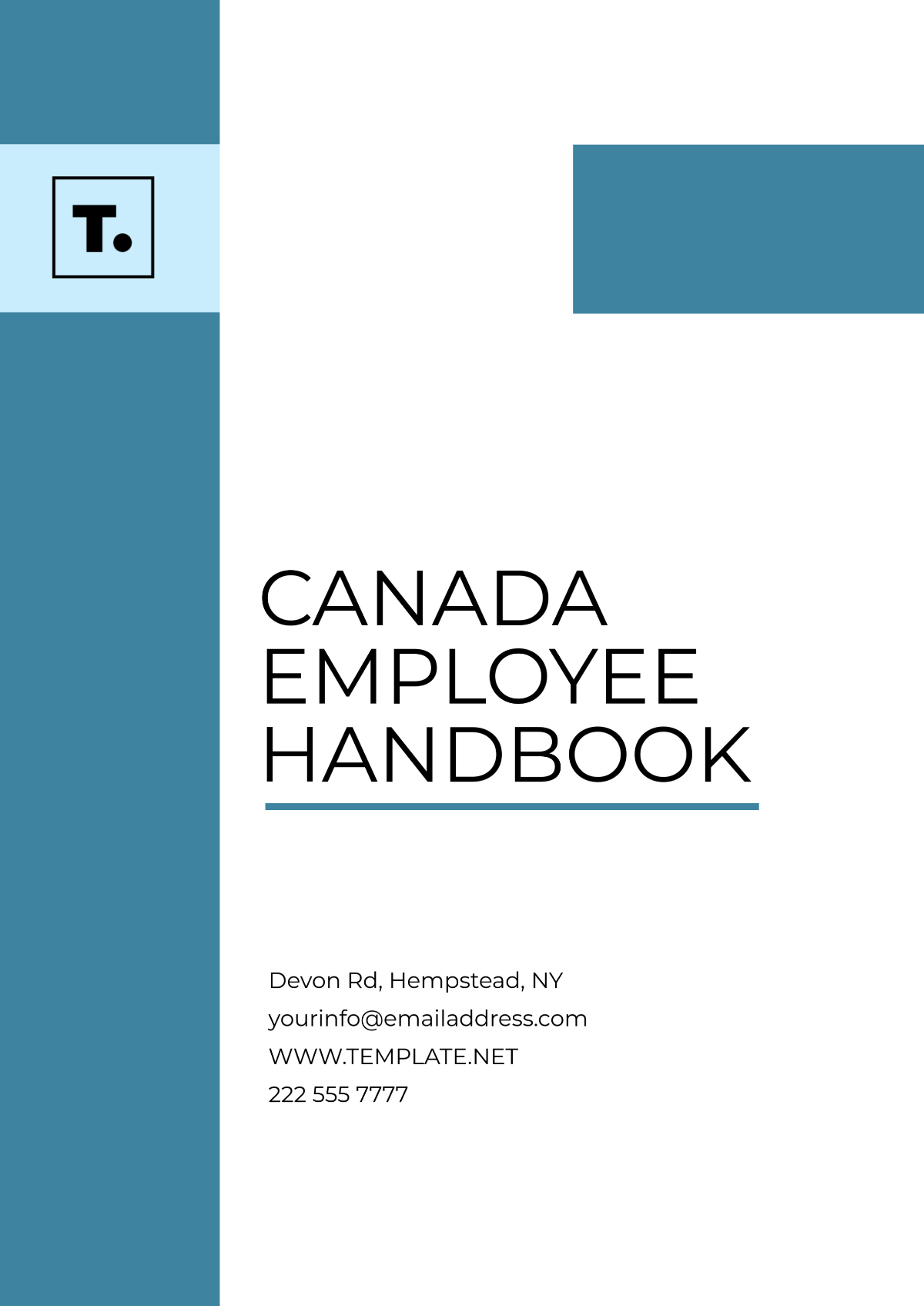Receptionist Handbook
I. Introduction
Welcome to [Your Company Name]! We are delighted to have you as part of our team. As a receptionist, you play a crucial role in creating a positive first impression for our clients, visitors, and staff. This handbook is designed to provide you with the information and guidance you need to perform your role effectively. We encourage you to read it thoroughly and refer to it as needed.
II. Company Overview
A. Mission Statement
At [Your Company Name], our mission is to inspire innovation and deliver quality solutions that exceed customer expectations. We strive to achieve excellence in all that we do and are dedicated to providing exceptional service to our clients.
B. Core Values
Integrity: We act with honesty and uphold ethical standards.
Respect: We treat everyone with dignity and value their contributions.
Teamwork: We work collaboratively to achieve our goals.
Innovation: We embrace new ideas and drive continuous improvement.
Customer Focus: We prioritize the needs of our clients.
C. Company Structure
[Your Company Name] has a clear organizational structure to ensure effective communication and decision-making. Your direct supervisor is [Supervisor's Name], and you report to the [Department/Division] team.
III. Receptionist Responsibilities
As a receptionist at [Your Company Name], you have several important responsibilities. Your primary duties include welcoming visitors, answering phone calls, and assisting with administrative tasks. It is essential to maintain a positive attitude and provide excellent customer service at all times.
A. Front Desk Management
Greet visitors and clients with a warm and professional demeanor.
Maintain the cleanliness and organization of the reception area.
Monitor visitor access and ensure sign-in procedures are followed.
Handle incoming and outgoing mail and packages.
Coordinate with security and other departments as needed.
B. Phone and Communication
Answer phone calls promptly and direct them to the appropriate person or department.
Take messages accurately and ensure prompt delivery.
Provide general information to callers and visitors.
Respond to email inquiries or forward them as appropriate.
Maintain a professional tone in all communications.
IV. Office Policies and Procedures
Understanding office policies and procedures is essential for your role as a receptionist. This section outlines the key policies that you must follow to ensure a smooth workflow and a positive work environment.
A. Dress Code
Receptionists are expected to adhere to the company's dress code. Business attire is required during work hours. You should always present a clean and professional appearance. The following guidelines apply:
Men: Business suits, dress shirts, and formal shoes.
Women: Business suits, blouses, skirts, or trousers with formal shoes.
All: Avoid casual clothing, such as jeans, t-shirts, or sneakers.
B. Office Hours
The standard office hours at [Your Company Name] are from 8:00 AM to 5:00 PM. You are expected to be at your station during these hours. If you need to leave early or arrive late, please inform your supervisor in advance. The office is closed on [insert public holidays] and other designated days.
C. Security and Safety
Always wear your company ID badge while on the premises.
Ensure that visitors sign in and receive a visitor badge.
Report any suspicious activity to security immediately.
Follow emergency procedures in case of fire or other hazards.
Keep the reception area free of clutter and obstacles.
V. Communication and Customer Service
Providing excellent customer service is a cornerstone of your role as a receptionist. This section highlights the key aspects of effective communication and customer service.
A. Communication Best Practices
Speak clearly and confidently when answering calls or speaking with visitors.
Listen actively to understand the needs of clients and staff.
Use professional language and avoid slang or jargon.
Be patient and courteous, even in challenging situations.
Follow up on inquiries and ensure customer satisfaction.
B. Conflict Resolution
If you encounter a conflict with a client or visitor, remain calm and professional. Listen to their concerns and try to understand their perspective. If needed, involve your supervisor or a member of the management team to help resolve the issue. Always document conflicts and the actions taken to address them.
VI. Administrative Support
As a receptionist, you also provide essential administrative support to other departments. This section outlines some of the key administrative tasks that you may be responsible for.
A. Scheduling and Appointments
Manage the appointment calendar for meetings and events.
Coordinate with staff to ensure proper scheduling and room availability.
Confirm appointments with clients and visitors.
Prepare meeting rooms and ensure they are properly equipped.
Keep track of conference room bookings and maintain organization.
B. Office Supplies and Inventory
Monitor office supplies and request restocking as needed.
Keep inventory of office equipment and report any issues.
Ensure that office supplies are stored properly and are easily accessible.
Coordinate with vendors for office supply deliveries.
Assist with the distribution of office supplies to staff members.
VII. Professional Development and Growth
We encourage our receptionists to pursue professional development and growth opportunities. This section provides information on training programs, workshops, and other resources that you can use to enhance your skills.
A. Training and Development
Participate in company-sponsored training sessions to improve your skills.
Attend workshops and seminars related to customer service and communication.
Seek mentorship from experienced colleagues or supervisors.
Keep up-to-date with industry trends and best practices.
Engage in continuous learning to advance your career.
B. Performance Evaluation
Your performance will be evaluated regularly to ensure that you meet the company's standards. The evaluation process includes feedback from your supervisor and other stakeholders. You are encouraged to use the feedback to identify areas for improvement and set personal goals. Open communication with your supervisor is essential to maintain a clear understanding of expectations.
VIII. Revision History
Version | Date | Changes | Author |
|---|---|---|---|
1.0 | May, 12, 2050 | Initial release | [YOUR NAME] |

















































